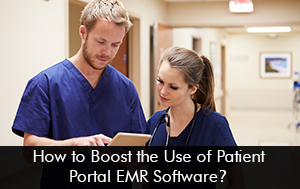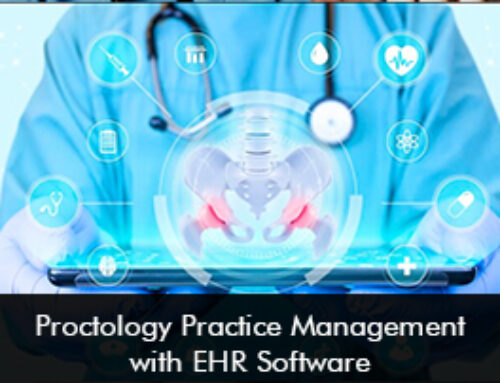The use of Patient Portal EMR Software is continuously evolving. But we should know that healthcare technology does not provide benefits unless patients use it. Making patients use the patient portal is unfortunately not an easy task. A 2017 Physicians Practice Tech Report say that almost 66% of respondents said that the most significant portal-related challenge is getting patients to sign up for it.
The issue is that most of the Electronic Medical Records (EMR) software portals do not offer patients what they actually want. It is because the EHR software portal vendor does not offer the required features or maybe because physicians choose not to activate certain functionalities out of fear that they will not see a Return on Investment (ROI).
What EHR patient portal features might increase Patient Engagement? According to recent research, patients who use the portal need the following features the most:
- Appointment Scheduling
- Viewing Test/Lab Results
- Viewing Bills & Making Payments
- Secure Communication with Providers
- Entering Patient Data
- Access to all Medical Records and Clinical Summaries
- e-Prescriptions (e-Rx)
- Filling out Registration Forms
Following 4 tips will help physicians engage patients with their practice’s patient portal:
Educate Patients about the Patient Portal
Physician practices that use flyers about the patient portal Practice Management (PM) software and its benefits are more likely to experience patient buy-in. Provide flyers upon patient check-in, and make sure that your staff is able to answer any queries.
Always Focus on Initial Activation
Ask patients to give their email id so you can sign them up for the portal while they wait to see the physician. Ask patients to check their email using their iPhone or other smartphone that has access to the portal to make sure they received the invite. Practices should educate patients about the activation process, from choosing a password to logging out of the portal.
Activate Maximum Features
The more patients can accomplish using the portal, the more likely they will be to sign on. You should provide patients with access to all the features in a Patient Portal software. This includes all the functionalities mentioned earlier in the blog that improve patient engagement.
Involve all the Physicians
When physicians encourage patients to log onto the portal and view lab results or pose questions, this reiterates that the portal is an important communication tool.
Some practice use secure messaging through their portal, provide simple talking points to educate patients, including:
- Do you use e-mail? The portal is just a secure e-mail system that we can use to communicate.
- You can send me a message and it goes right into your chart, so I have all of your information at hand when I read it and respond.
- If you use it and don’t like it, you don’t have to continue to use it. Just let us know.







